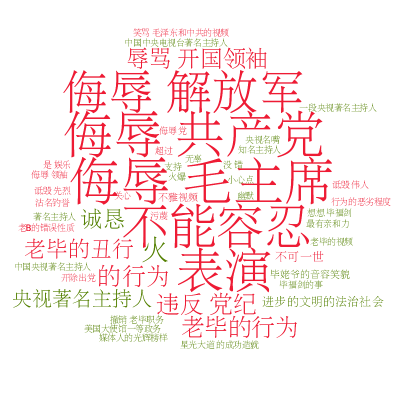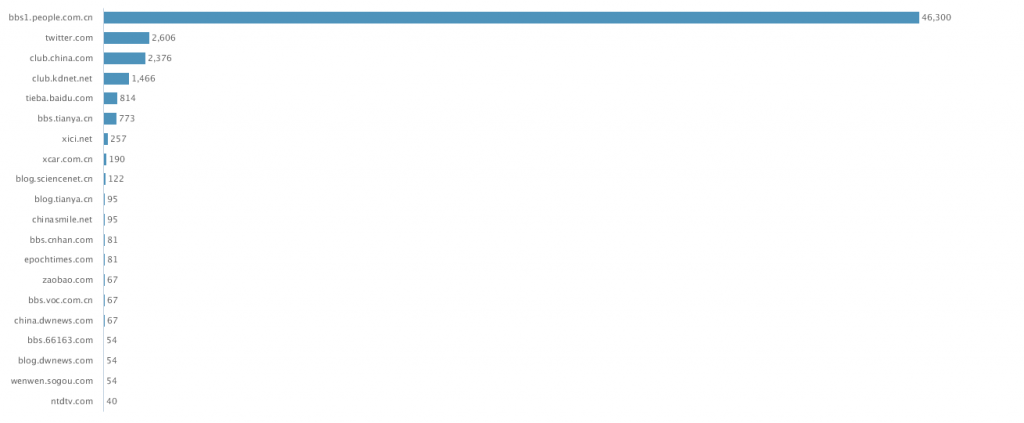.
这几天我很迷黄西/Joe Wong 3月17号在RTCA Dinner (The Radio and Television Correspondents Association Dinner,全美电台电视记者协会年会晚宴)上的表演。这个晚餐会是当天在C-SPAN 和C-SPAN2 频道上现场直播的,但我直到几天后才在youtube上看到的。实在太迷了,而且网上好像也没见他的表演全文,我就决定把它的全文听写下来并集中注释一下。听写中有个别词不确定用"(??)" 标出来了。注释(理解他的包袱是什么意思)是靠的众多的youtube、mitbbs上的留言,以及自己查字典和google。
--------------------------------------------------------
Transcript for Joe Wong at RTCA Dinner, aired on C-SPAN 3/17/2010
Transcribed by PB
-----------
Good evening, everyone. My name is Joe Wong, but to most people, I'm known as "who?!" (laughter) which is actually my mother's maiden name, (laughter) and the answer to my credit card security question. (laughter) [1]
But joking aside, I just want to reassure everybody that I am invited here tonight. (laughter) [2]
I grew up in China, who didn't? (laughter) [3] And my childhood memories are totally ruined by my childhood. (laughter) When I was in elementary school, as part of the curriculum, I had to work at a rice paddy right next to a xxxxx quarry where they use explosives to break rocks, and that is where I learned that light travels faster than sound. (laughter) which is almost as slow as a flying rock. (laughter) [4]
My dad was a grumpy guy, but occasionally he would try to cheer me up with jokes, but he doesn't do it right. When I was seven, one day he said to me, "hey son, why is tofu better than centralized socialist economy?" (laughter) so five minutes later I said "why?" (laughter) He said "because I said so!" (laughter) [5]
I came to the United States when I was 24, to study at Rice University in Texas. (some applaud cheers and some laughter) that wasn't a joke (laughter) until now. (laughter) And I was driving this used car with a lot of bumper stickers that's impossible to peel off. And one of them said "If you don't speak English, go home". And I didn't notice it for two years. (laughter)
Like many other immigrants, we want our son to become the president of this country and we try to make him bilingual, you know, Chinese at home and English in public, which is really tough to do, because many times I have to say to him in public "Hey listen, if you don't speak English, go home" (laughter) And he would say to me, "Hey dad, why do I have to learn two languages?" I said "son, once you become the president of the United States, you are going to have sign legislative bills in English, and talk to debt collectors in Chinese" (laughter) [6]
When I graduated from Rice, I decided to stay in the United States, because in China, I can't do the thing I do best here, being ethnic. (laughter) And in order for me to become a U.S. citizen, I have to take this American history lessons, where they ask us questions like "Who is Benjamin Franklin?", where I was like "ah, the reason our convenience store gets robbed?" (laughter) [7] "What's the Second Amendament?", where I was like "ah, the reason our convenience store gets robbed?" (laughter) [8] "What is roe vs. wade?", where I was like "ah, two ways of coming to the United States?" (laughter) [9]
Later on I read so much about the American history that I started to harbor white guilt. (laughter) [10] In the America they say that all men are created equal, but after birth, it kind of depends on the parents' income, or early education and health care. (laughter) I read in the Max House Men's Health Magazine that President Obama every week has two cardio days and four weight lifting days. You see, I don't have to exercise, because I have health insurance. (laughter) I live in Massachusetts now, where we have universal health care; then we elected Scott Brown (laughter) - talk about mixed messages. (laughter) [11] I think there was a movie about him - it's called "Kill Bill" (laughter) [12]
I'm honored to meet vice president Joe Biden here tonight, (Joe turned to face Biden) I actually read your autobiography, and today I see you. (Joe turned back to face audience) I think the book is much better. (laughter) They should've get guest cast Brad Pitt, or even Angelina Jolie. (laughter)
So to be honest, I was really honored to be here tonight, and I prepared for months for tonight's show, and I showed the white house my jokes about President Obama, and that is when he decided not to come. (laughter)[13] And he started to talk about immigration reforms, (laughter) Take that, Stephen Colbert (laughter) [14] And president Obama has always been accused of being too soft, but he was conducting two wars. and they still gave him the Nobel Peace Prize, and he accepted it. (laughter) You can't be more bad ass than that. (laughter) where actually, I'm thinking the only way you can be more bad ass than that is if you take the Nobel Prize money and give it to the military. (laughter)
We have many distinguished journalists here tonight, whom I consider as my peers. (laughter) because I used to write for campus newspaper. (laughter) I think journalism is the last refugee for puns. [15] Only on the newspaper can you say things like "I was born in the year of horse and that is why I'm a naysayer" (laughter) [16] my point exactly.
And tonight is my first time on C-SPAN, which is a channel I obviously always watch, when I couldn't stand the sensationalism and demagoguery of PBS? and QVC. (laughter) If I still couldn't fall asleep after watching C-SPAN, there's C-SPAN2 and C-SPAN3. (laughter) [17] Thank you very much. (laughter)
So I became a U.S. citizen in 2008, which I'm really happy about. (applause) thank you very much. American is number one, (laughter) that's true, 'cause we won the world series every year. (laughter) [18]
After becoming the U.S. citizen, I immediately registered to vote for Obama and Biden. (Joe turned to face Biden) you're welcome. (laughter) You handed me a had me at "Yes We Can" (laughter) (Joe turned back to audience) that was the their slogan. (laughter)
So after getting Obama and Biden elected, I felt this power trip. (laughter) And I start to think maybe I should run for president myself. Where, I have to take a step back and explain a little bit, you know, because I have always been a morose and pessimist guy. I felt that life is kind of like, pee into the snow in a dark winter night, you probably make a difference, but it's really hard to tell. (laughter) [19] But now, we have a president who's half black half white, it just gives me a lot of hope, because I'm half not black half not white. (laughter) Two negatives make a positive. (laughter)
You may be saying "Hey, what would be your campaign slogan?" You see, I spent ten years in the past decade (laughter) [20] oh you too? okay. (laughter) So I understand that American people are suffering, so my campaign slogan would be "Who Cares". (laughter) [21]
If elected, I would make same-sex marriage not only legal but required, (laughter) that will get me the youth vote.(laughter) You see I'm married now, but I used to be really scared about marriage, I was like "wow, 50% of all marriages end up lasting forever" (laughter)
And I will eliminate unemployment in this country, by reducing the productivity of the American workforce. (laughter) so two people will have to do the work of one, just like the President and the Vice President,(laughter) or the Olsen twins. (laughter) [22]
And despite heart disease and cancer, most Americans die of natural causes. So if elected, I will find a cure for natural causes. (laughter) You seem to like that one. (laughter) but you won't be covered by health insurance though, (laughter) because of pre-existing conditions. (laughter)
And I have a quick solution for global warming. I will switch from Fahrenheit to Celsius, (laughter) It was 100 degrees, now it's 40. (laughter) You're very welcome. (laughter)
And I'm great with foreign policy. Because I am from China, and I can see Russia from my backyard. (laughter) I believe that Unilateralism is too expensive, and open dialog is too slow. So if elected, I will go with text messaging. (laughter) I will text our allies just to say hi, (laughter) and text our enemies when they are driving. (laughter) "OMG you're building a nuclear weapon?" (laughter), "but you're doing it wrong LOL" (laughter)
I just want to thank Video TV correspondence xx xx for having me here tonight. This is the first time I wish my son knew what I was doing. Thank you so much and have a very good night. Thank you Linda Scott.
-------
注解: based on comments from youtube and mitbbs, dictionary look-up, and google
-------
[1] 他妈妈姓“Hu”,刚好跟"Who"同音。 maiden name :大部分老美婚后改跟丈夫姓(所以夫妻俩同姓);女性结婚前的姓就叫maiden name
[2] 黄西这儿强调说“我是被邀请的”,mitbbs上有人指出这是指去年年底两次白宫安全问题--11月份、12月份各有一对夫妇没有邀请函但通过了层层安检进到了白宫宴会并到奥巴马身边。
[3] youtube留言:he said he grew up in china... it's a joke about the over population of china and how? many people there are there。
还是youtube留言,但解释不同:If you related to "I grew? up in US, who wasn't?" You got to be smart to understand him。(Mitbbs上有人同意这一个,说这是讽刺美国redneck动不动就说I grew up in US。 )
[4] 黄西说他小学时(劳动课)在水稻田(rice paddy)干活,旁边就有一个采石场,用炸药炸石头。因为经常看到爆炸光亮听到爆炸声(还可能有碎石飞过来),后面黄西接着说“我学到了光传播的速度比声音快,而声音传播的速度大概跟飞溅的石头差不多”。
[5] youtube留言:tofu and centralize economic joke: you got? understand that China is a Communist country, there is only one party in power, everything is like his dad said "because I said so"
还是youtube留言,稍微有点不同:it's sort of non-sense talk said by his dad, then his dad went 'because I? said so'.... his farther == the centralized social system. the nonsense == whatever enforced by the centralized social system.
[6] youtube留言:it is "debt collector"..Because of the huge current account deficit? US owes to China.
还是youtube留言,稍微有点不同:China is the country that holds the most US treasure bonds now.
[7] youtube留言:Benjamin Franklin - 100 dollar bills. Convenience stores have 100 dollars bills. (100美元币上是美国总统本杰明-弗兰克林的头像;便利店/社区小超市当然有100刀币;所以被抢劫了)
[8] youtube留言:Second Amendment: is the freedom to carry gun. - It gives the robbers guns to rob convenience stores.? (因为民众能自由持枪,所以小店被抢劫了)
黄西这个笑话之前在别的地方也讲过。我google的一个中文网站的解释:什么是美国宪法第二修正案(允许公民拥有枪支)?黄西接着说:这是不是我们杂货店被抢的原因?
[9] youtube留言:Roe vs Wade, famous? court case on abortion. Joe thought two ways of coming to US, on boat or swim
我找的别的地方的:In 1973, the US Supreme Court had prohibited states from making laws that interfered with a woman's right to an abortion during the early months of pregnancy. Joe 把 roe vs. wade 转换成 row (rowing the boat) & wade (swimming ) to USA. (划船和游泳偷渡到美国)
[10] youtube留言:He studies America history. It talks a lot of white Americans kill Indians, slavery, kills, etc. Basically, white American were guilty of many things, i.e. white guilt. He starts to harbor (to feel inside)? white guilt (as if he were white).
[11] youtube留言:Obama does exercise, but Joe himself doesn't need to because he has health insurance. MA has universal health care which is viewed as the result of Democratic dominance in MA. But they recently voted a Republic senator Scott Brown, mixed message. (MA就是Massachusetts,常说的麻省)
[12] youtube留言:Scott Brown is a? Republican and their motto on health care reform seemed to be "Kill (the health care reform) Bill"
[13] 新浪北美网上报道说,这个年会历来是“上至总统下到各大媒体负责人都会出席”。本来奥巴马已应邀出席,但因为health insurance reform bill最后投票是3月21日,他“亲自四处催票拉票,频上媒体呼吁支持。临时排定当晚6点上保守倾向的Fox电视台的访谈,所以无法出席”;白宫于是请副总统Biden代为出席。“黄西说,当然有点失望,不过没问题,听说‘副总统人也挺幽默的’ ”。(我想这样他一定临时修改了讲稿,而他开的副总统的那个玩笑效果很好,考虑到他有限的修改时间,可见他的功底!)
[14] 黄西说“Stephen Colbert,把这个表演出来”。Stephen Colbert 是一个美国喜剧演员,因他的讽刺和扑克脸式的喜剧表演风格在美国广为人知。2006年4月29日,科拜尔受邀在白宫新闻记者协会晚餐会上进行表演。科拜尔用他一贯的风格当面挖苦了当时的美国总统小布什。(“历史”的相似性)
[15] pun: a humorous use of a word or phrase which has several meanings or which sounds like another word (以转意或谐音的方法达到诙谐的效果)
[16] youtube留言:"Nay-SAYER". Horses go “Nay" . It was a joke on a bad pun.
neigh: a long, loud, high call that is produced by a horse when it is excited or frightened. (马嘶叫声)
[17] C-SPAN, C-SPAN2, C-SPAN3 是美国的有线电视频道(一家三个)新闻频道,创办于1979年,节目内容主要探讨政府及公共事务议题,也有转播国情咨文、共和党全民大会、民主党全民大会。所以黄西说用它来催眠。
[18] youtube留言:Because the World? Series is not for the world...only 2 countries play in the World Series. America and Canada. (World Series 指棒球比赛,说是国际/World,其实就美国和加拿大两国的球队。大部分时候都是美国赢)
[19] youtube留言:actually it means pee in snow will melt it, as pee is warmer. but since? it is a dark winter night, so it is hard to tell
[20] "I spent ten years in the past decade" -- ten years 是十年,decade也表示十年。
[21]我的理解 “Who cares” 有两层意思:1。"Who"指黄西自己(表演开始的时候黄西说大部分老美不知道他,指代他为"Who"),这个竞选口号是“我关心你们”;2。“Who cares”直接的意思是“谁在乎呢?!” 因这双重意思而逗笑。
[22] “Olsen twins” 好莱坞最红双胞胎姐妹花奥尔森姐妹。看你认不认得出这张她们小时候的图片及她们演的那部电视剧(我很喜欢那部电视剧)
【相关信息:美国深夜节目收视率冠军的「大卫赖特曼秀」,上月(Apr. 2009)17日晚上破天荒邀请中国口音极重的黄西(Joe Wong)亮相,以英语讲美式笑话,近六分钟的演出,观众反应热烈。...
--------------



























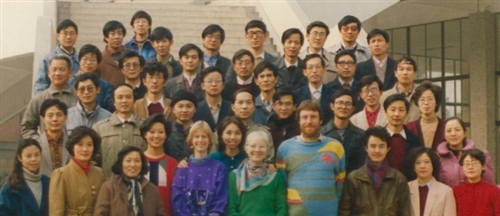

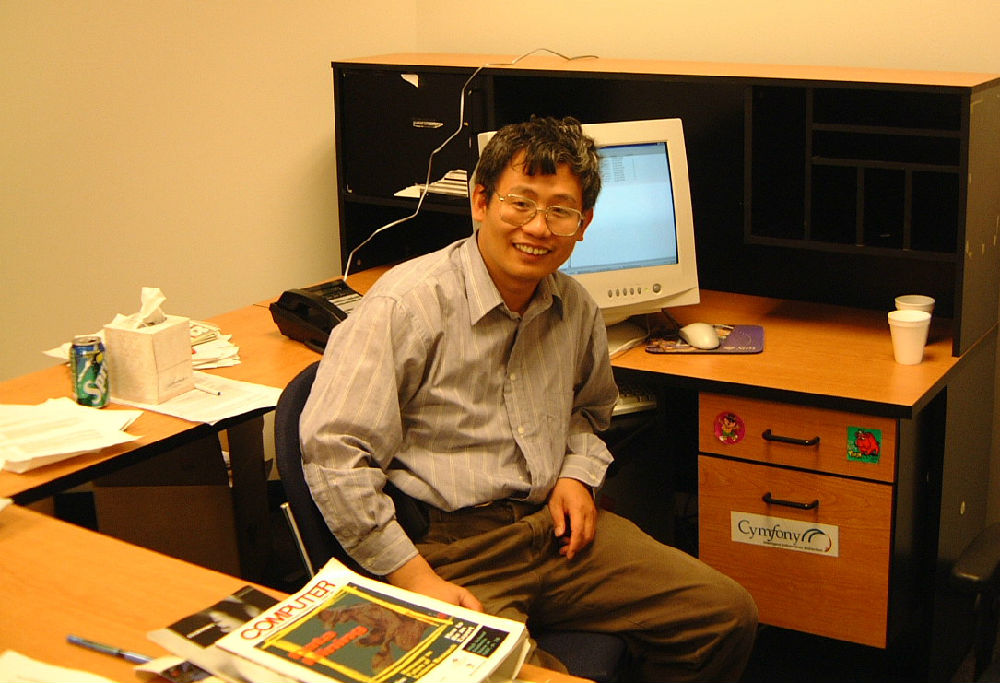




















































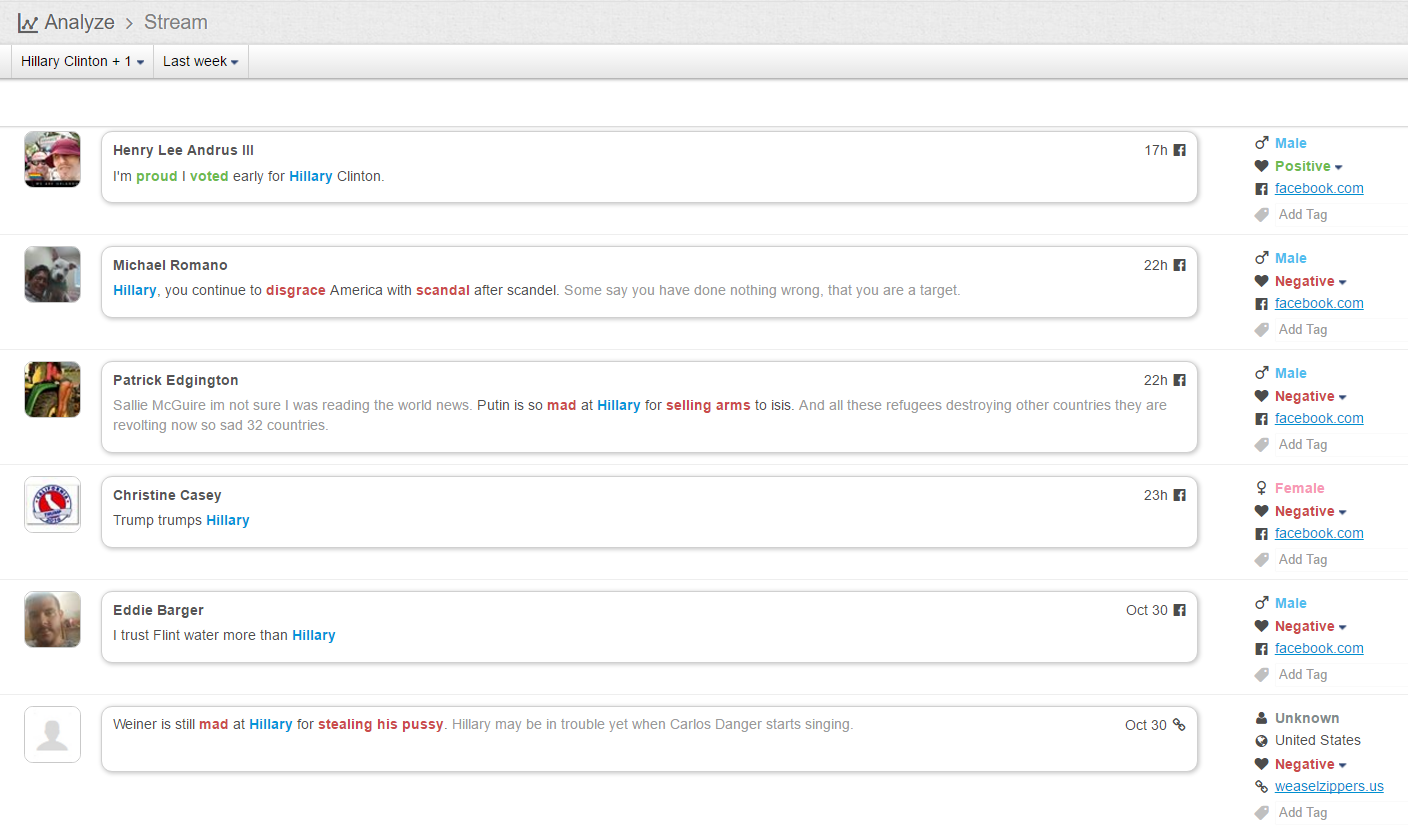





















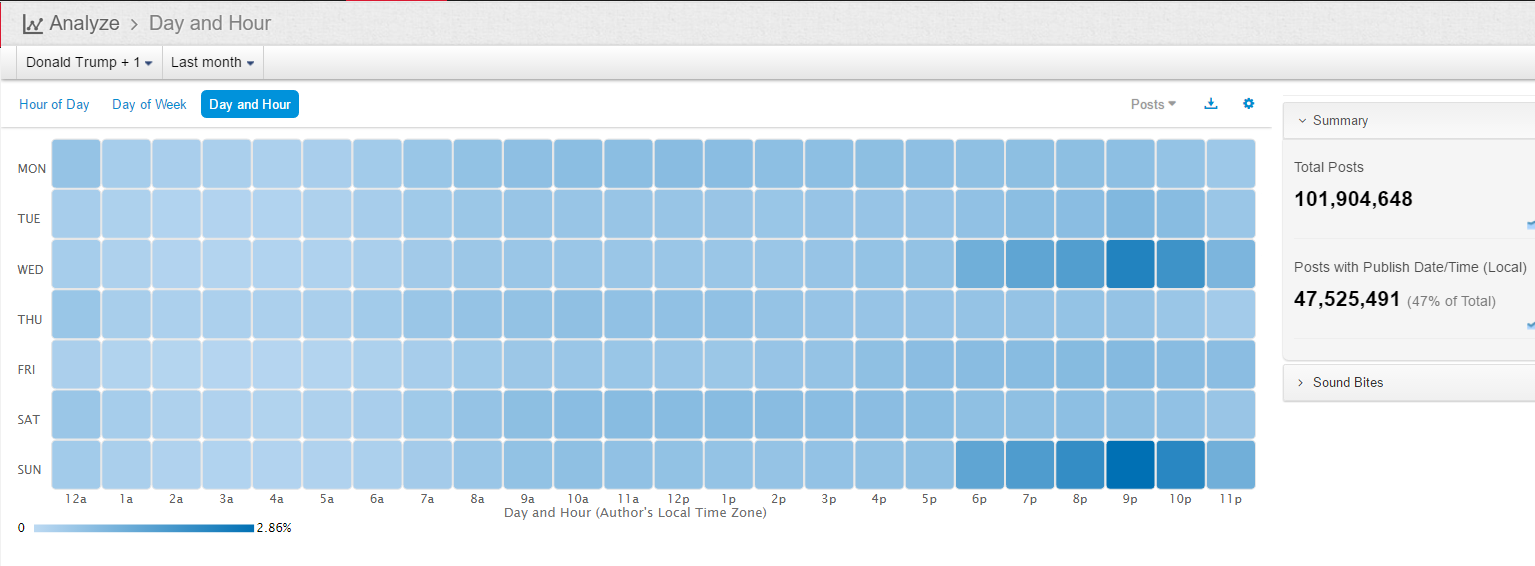
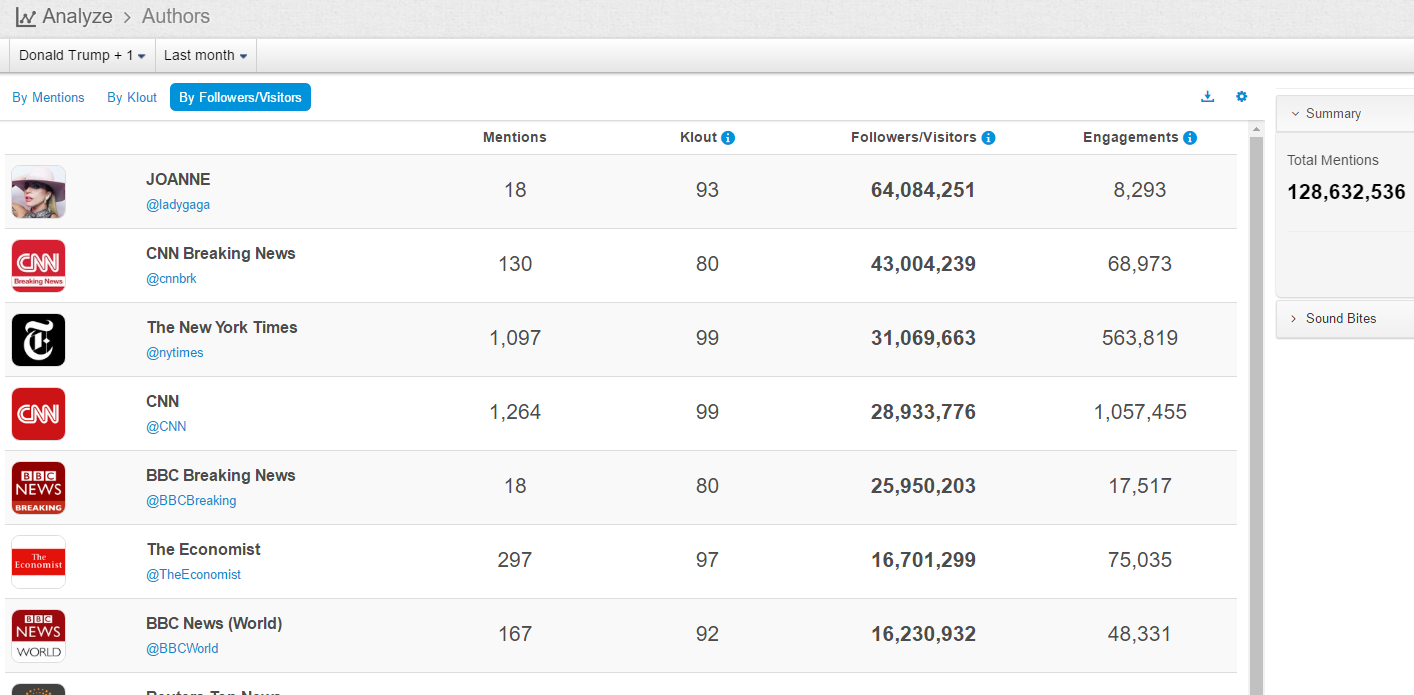
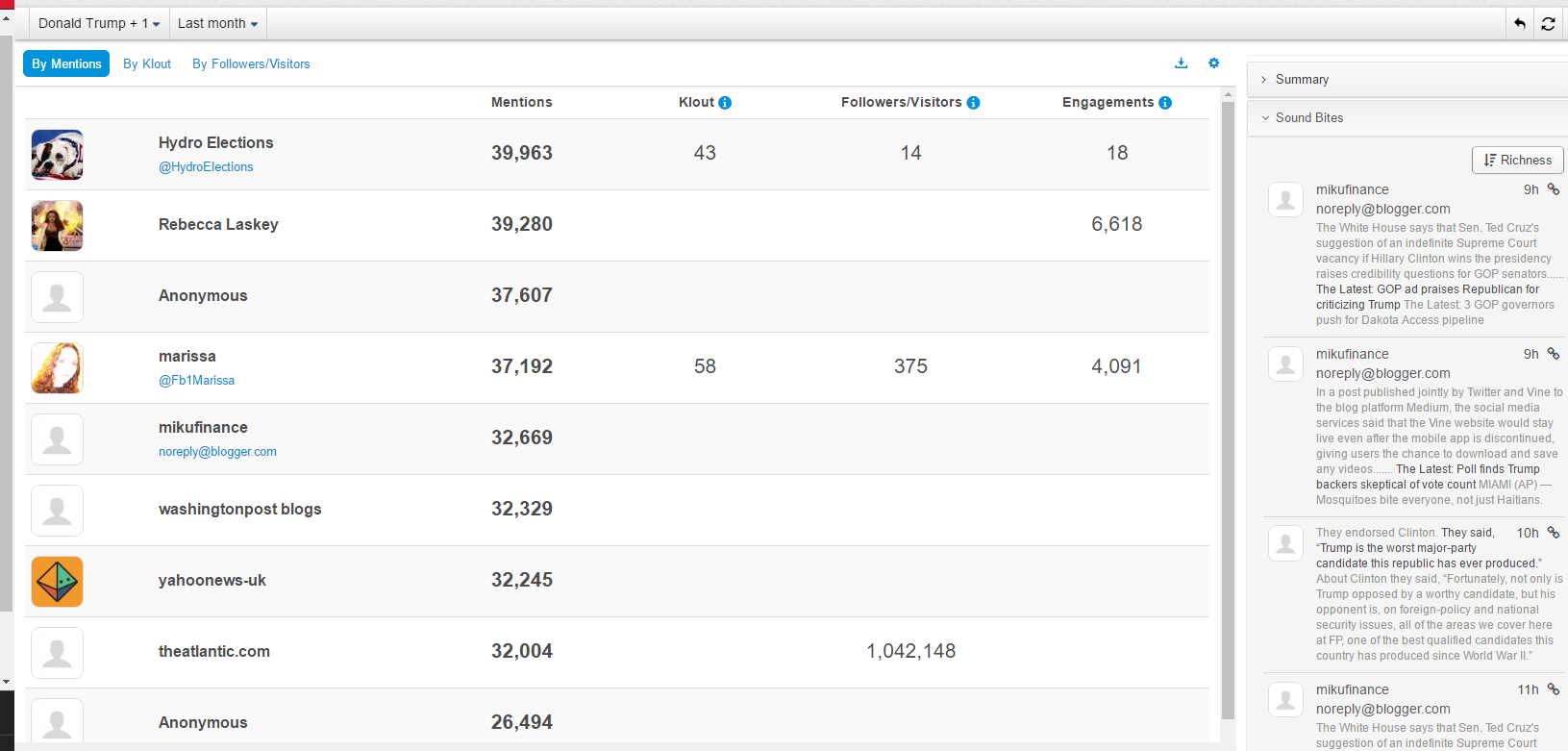
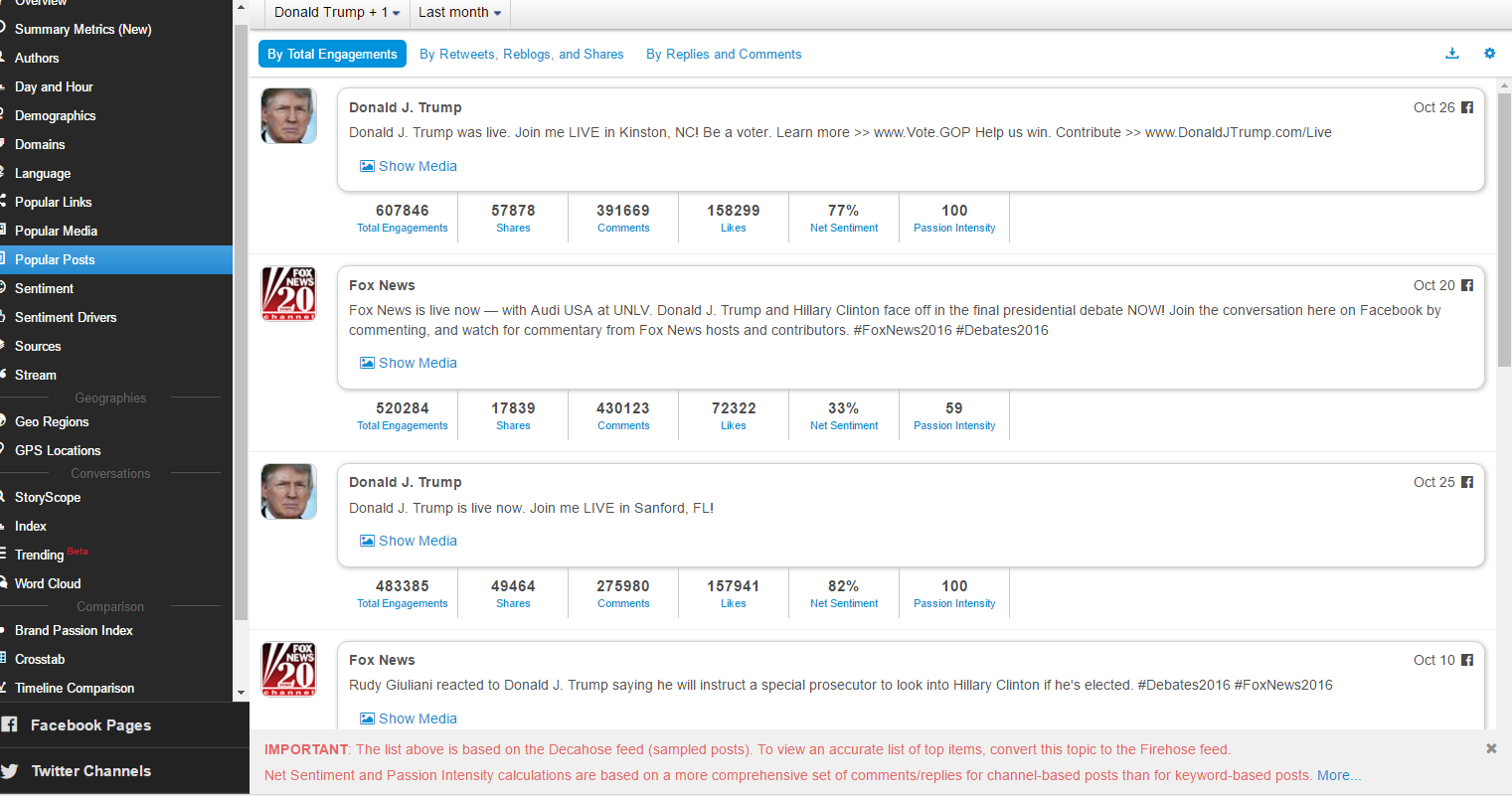

























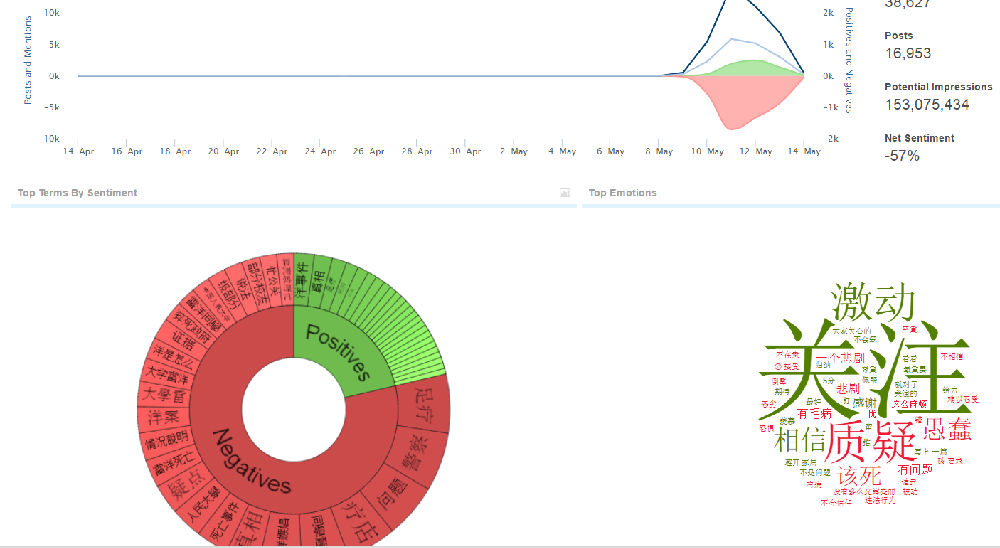

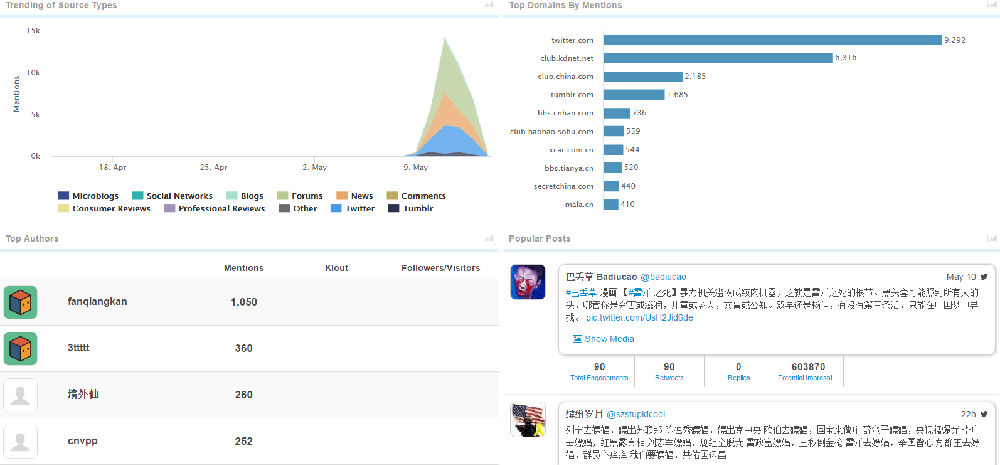
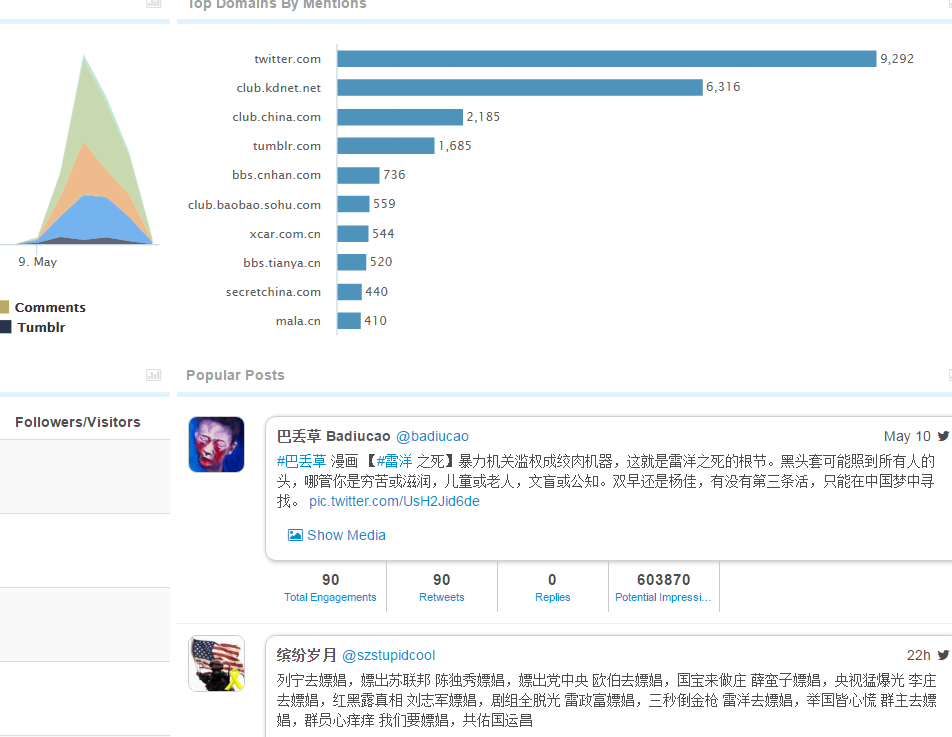







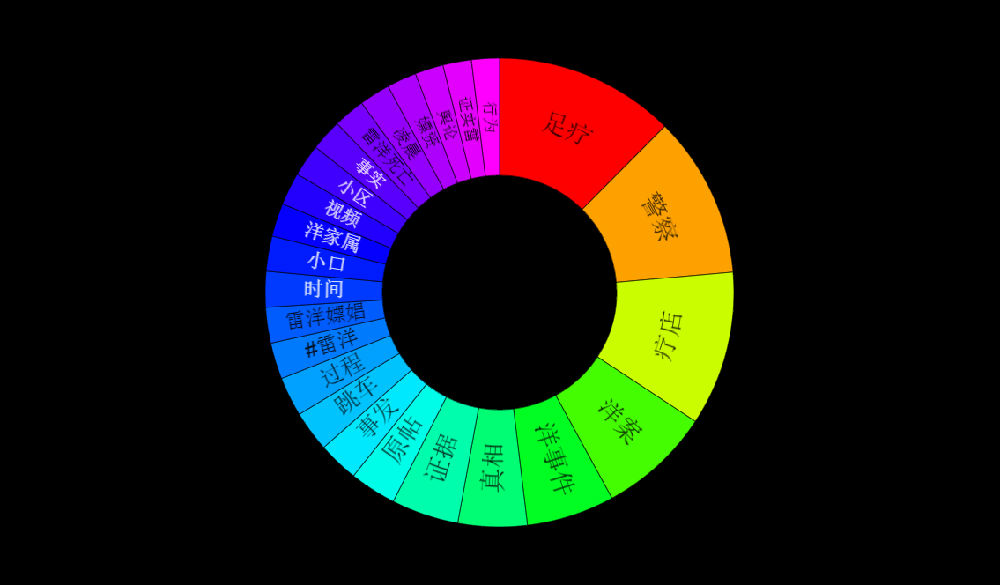
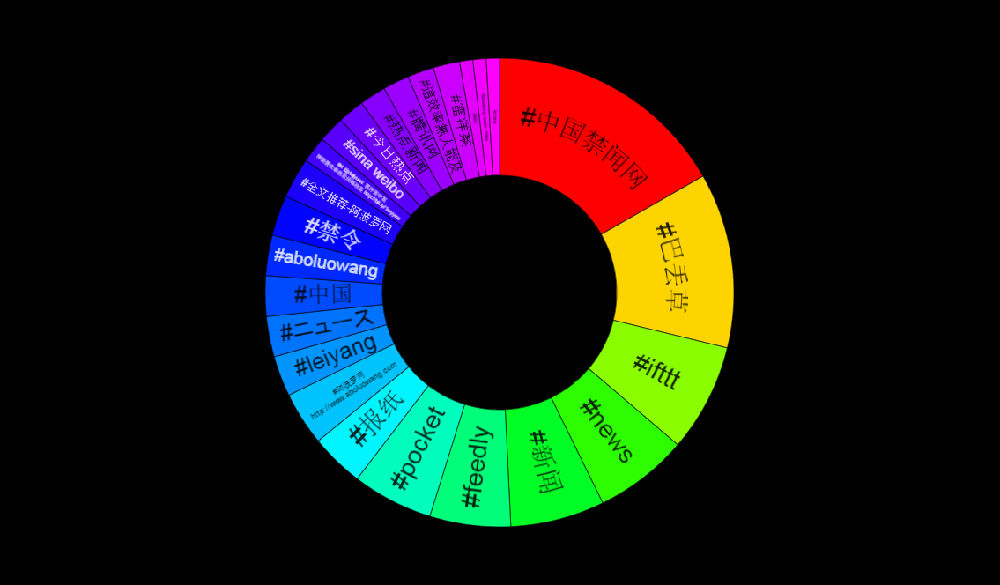
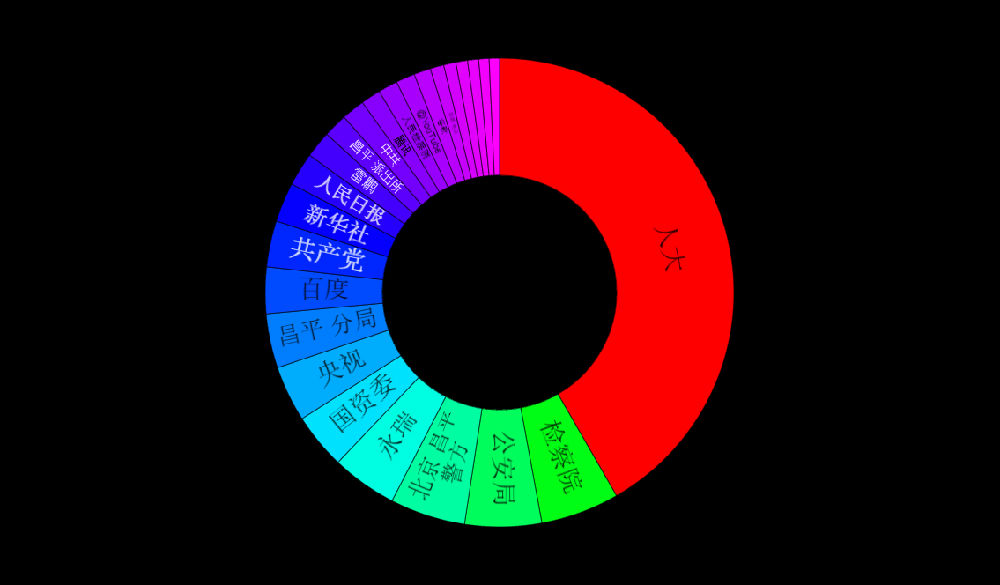
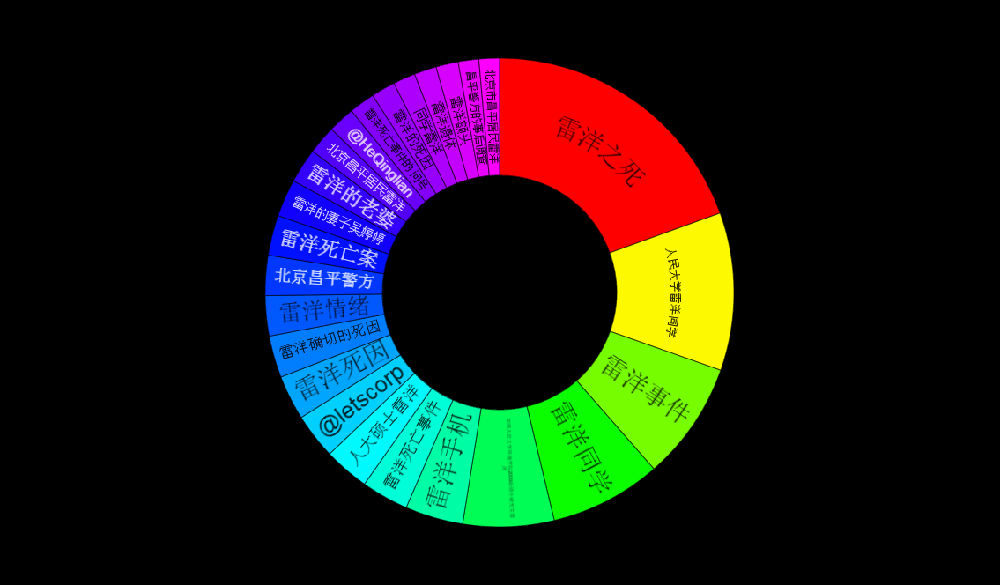
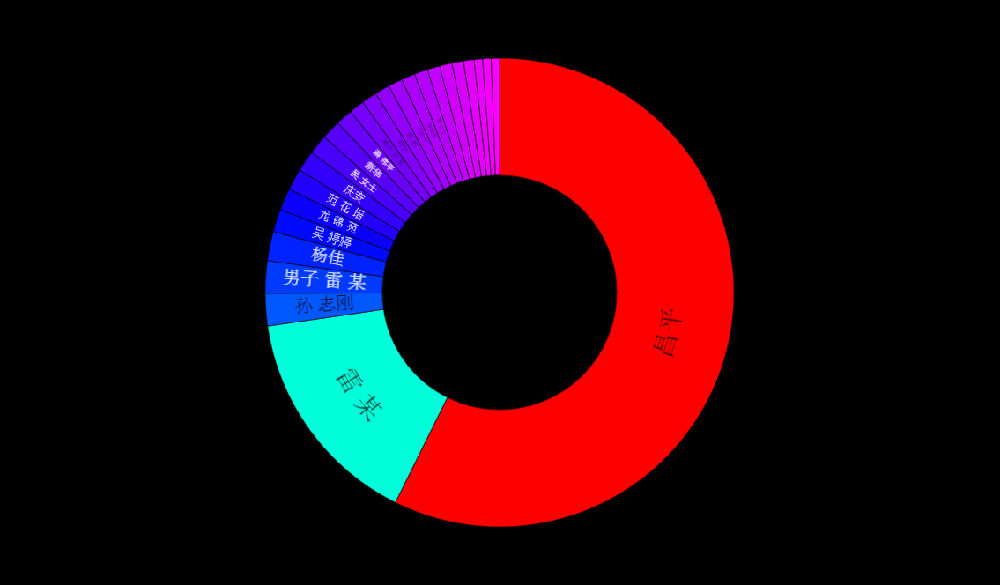

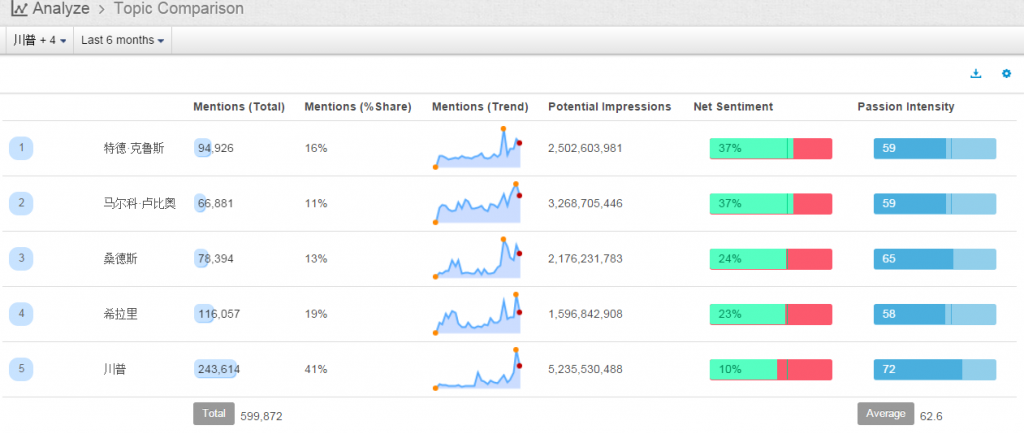






 I showed the First Lady's news pictures to my daughter. She was so intrigued, "Dad, Mom told me that you used to teach First Lady many years ago, is that true?" "It is true, but that was only a short time, one or two semesters, and it was not her major course. As a part-time lecturer, I was teaching Advanced English to graduate students in the music conservatory and she happened to be one in my class. She was already famous then as a new star for folk songs." Tanya got excited, "Well, you never know, maybe her English training in graduate school helps her in state visits today. My Dad is cool." She continued, "Dad, Mom also told me that you were interpreter for foreign minister when she dated you, is that true?" "Well, that was largely an accident, only happened once when I substituted some professor to act as interpreter for the former foreign minister and former Chinese congress vice-chairman Mr. Huang Hua. Your Mom agreed to date me partially because of her seeing a picture of me interporeting for the VIP Mr. Huang. So I guess I benefited from that 'accident'." Tanya was amused and felt very proud, "I have the coolest Dad in the world. He was so successful even when he was young, teaching future first lady and interpreting for the then foreign minister. Wow."
I showed the First Lady's news pictures to my daughter. She was so intrigued, "Dad, Mom told me that you used to teach First Lady many years ago, is that true?" "It is true, but that was only a short time, one or two semesters, and it was not her major course. As a part-time lecturer, I was teaching Advanced English to graduate students in the music conservatory and she happened to be one in my class. She was already famous then as a new star for folk songs." Tanya got excited, "Well, you never know, maybe her English training in graduate school helps her in state visits today. My Dad is cool." She continued, "Dad, Mom also told me that you were interpreter for foreign minister when she dated you, is that true?" "Well, that was largely an accident, only happened once when I substituted some professor to act as interpreter for the former foreign minister and former Chinese congress vice-chairman Mr. Huang Hua. Your Mom agreed to date me partially because of her seeing a picture of me interporeting for the VIP Mr. Huang. So I guess I benefited from that 'accident'." Tanya was amused and felt very proud, "I have the coolest Dad in the world. He was so successful even when he was young, teaching future first lady and interpreting for the then foreign minister. Wow."




